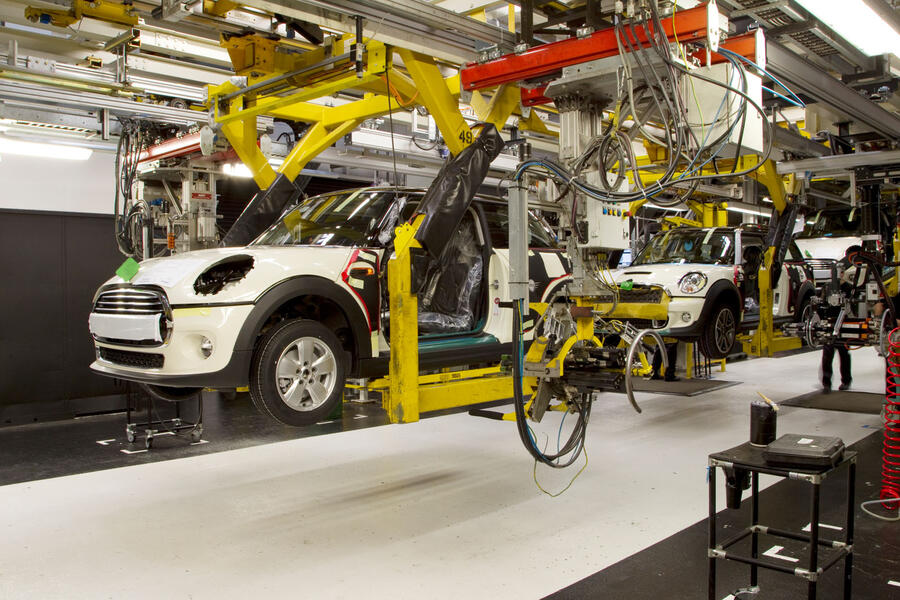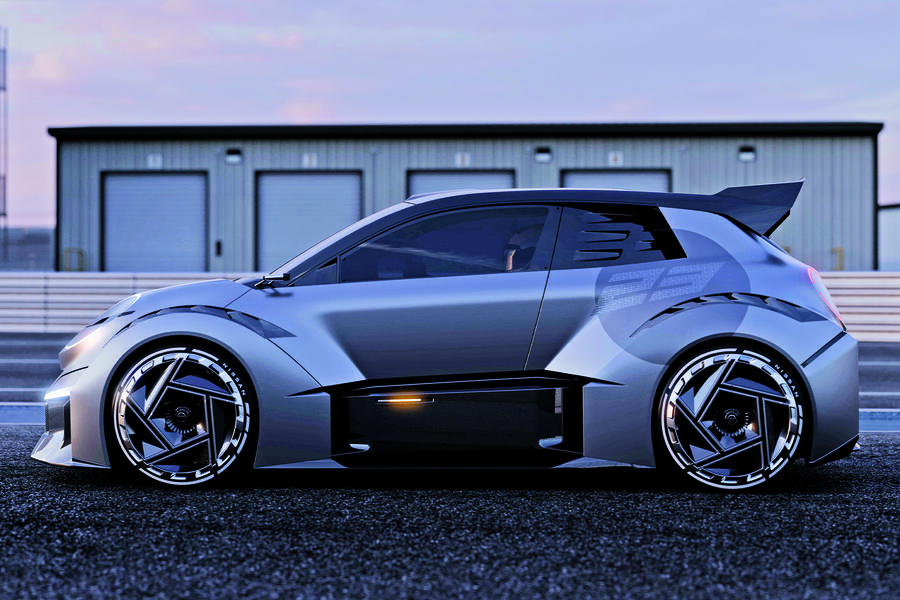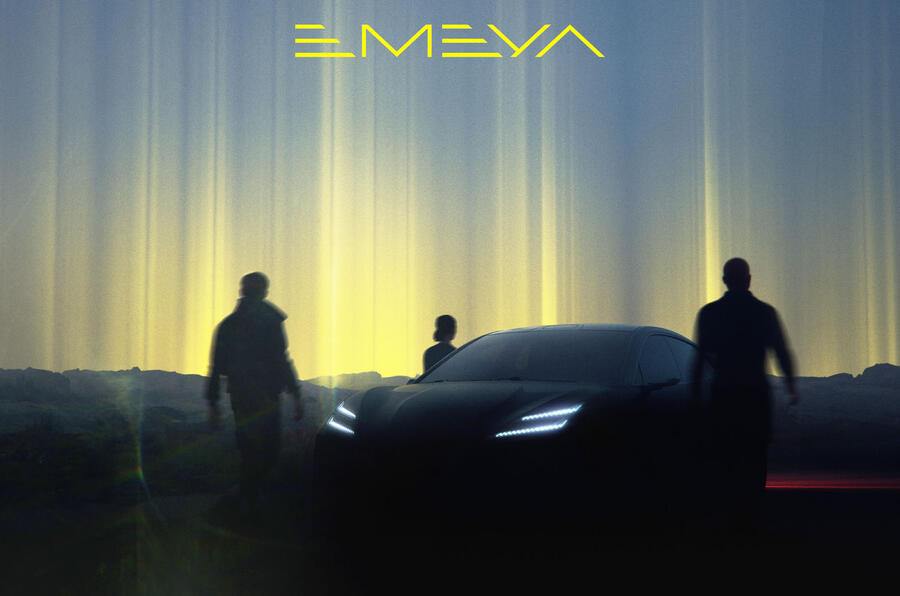The Tesla Cybertruck’s highly anticipated debut is on November 30, but a leaked poster (below) on the Cybertruck Owners Club forum, reportedly from a sign at the San Diego Tesla store, provides an early look at the pickup’s towing and payload figures. The vehicle can carry 2,500 pounds in the cargo bed and tow 11,000 pounds. Let’s compare these numbers with the traditional, combustion-powered trucks from Chevrolet, Ford, and Ram.
Before delving into the comparison, it’s worth mentioning that a VIN decoder indicates two variants of the Cybertruck are on the way, likely indicating two- and three-motor powertrains. The lighter version has a gross vehicle weight rating of 8,001 to 9,000 pounds, and the heavier one’s GVWR is 9,001 to 10,000 pounds. Unfortunately, the promotional image doesn’t specify which variant of the truck these payload and towing specs belong to.

Payload
A pickup’s payload refers to the maximum weight the vehicle can carry, including cargo in the bed and passengers. The Tesla Cybertruck’s 2,500-pound capacity puts it ahead of the Silverado, Ford F-150, and Ram 1500. However, these trucks are also lighter than Tesla’s electric offering. Therefore, figures for heavy-duty trucks from Detroit are also included in the table below. These models can carry several thousand pounds more than the Cybertruck.
| Model | Payload | Difference Versus Cybertruck |
| Tesla Cybertruck | 2,500 lbs | N/A |
| Chevrolet Silverado 1500 | 2,260 lbs | -240 lbs |
| Chevrolet Silverado HD | 7,234 lbs | 4,734 lbs |
| Ford F-150 | 2,455 lbs | -45 lbs |
| Ford Super Duty | 8,000 lbs | 5,500 lbs |
| Ram 1500 | 2,300 lbs | -200 lbs |
| Ram HD | 7,680 lbs | 5,180 lbs |

















